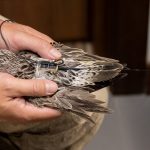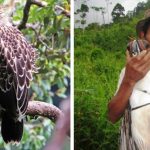← Back
Using Argos to decide conservation measures to protect Andean flamingos
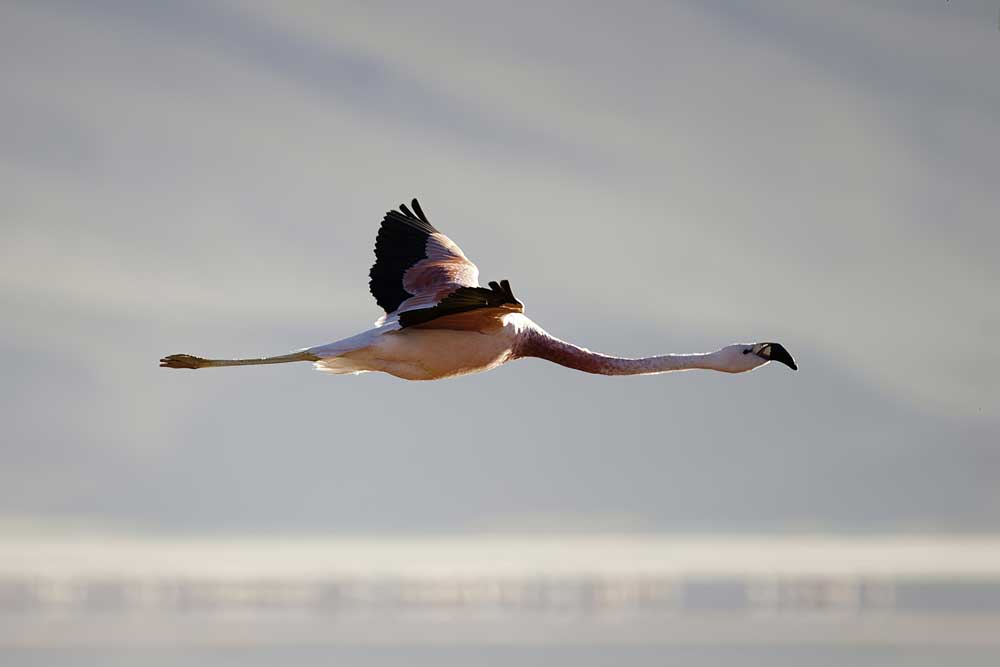
Andean Flamingos are wetland birds that move between high-altitude Andean and lowland wetlands. They are the rarest of all flamingo species, and most of their life cycle is not well known. Using Argos to assess their habitat use and movements in a context of increasing mining activities and climate change could help in deciding conservation measures to protect them.
Andean Flamingos (Phoenicoparrus andinus) are the rarest of flamingos, endemic to the central Andes Mountains. As with all flamingo species, wetlands are an essential part of their habitat requirements, since they almost exclusively feed on small algae and crustaceans, which give them their telltale pinkish color.
Andean Flamingos are found in Argentina, Bolivia, and Chile. Studies of them are few, such that we lack basic information about their ecology and behavior, e.g., movements and habitat use throughout the annual cycle. Research on other species of flamingos shows that the knowledge of the wetlands used at different times in their life cycle is critical for their protection. Moreover, the high-altitude lakes Andean Flamingos use to breed and forage are drying up and becoming increasingly polluted by mining activities (including lithium extraction), and the lowland wetlands where they overwinter are threatened by industrial agriculture.
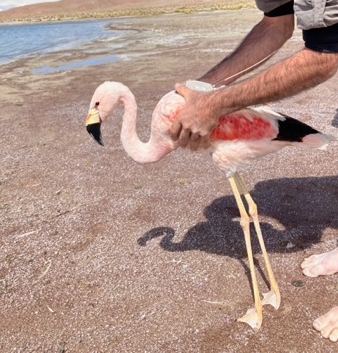
More info about animal tracking with Argos
Tracking Andean Flamingos
In 2020 and 2022, four Andean Flamingos were tagged with GPS-enabled Argos transmitters in northwestern Argentina (Salar de Llullaillaco and Laguna de Vilama). Two adults were tagged in each year.
During pre-breeding and breeding seasons, the tagged Andean Flamingos were located at higher altitudes than at other times of year (mean breeding season elevation is almost at 4000 m). They also used fewer wetlands during the breeding season than during the post-breeding period, even if the birds were still mostly located within permanent water bodies (48%). Locations on bare ground or sparse vegetation (33%), and herbaceous vegetation (9%) were also used, even if they probably were flooded when flamingos were present, since flamingos almost exclusively use water bodies.
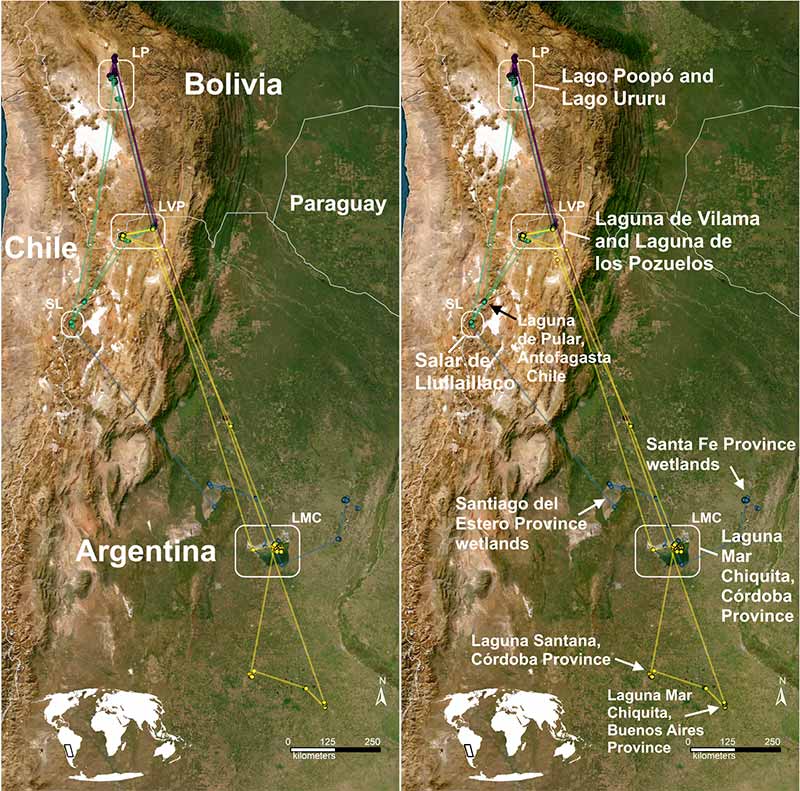
Protecting Andean Flamingos over their whole range
The small sample renders conclusions slightly tentative, but the four tagged individuals exhibited long-distance, highly variable movements between individuals. One flamingo visited all three countries (Argentina, Bolivia, and Chile) within one year. Another overwintered at altitude some years but descended to the lowlands during others. However, the El Niño/La Niña cycle may have played a role there.
Developing effective conservation plans for such a mobile species with diverse behaviors and habitats, located in different countries, is a complex goal. Some stages in their life cycle are limited to a few places, though, such as during breeding: Andean Flamingos in this study used only six known sites, including Salar de Llullaillaco. However, development of lithium mining there may threaten this especially important stage in their lifecycle.
Given those findings and threats, there is an urgent need for more research and monitoring. Likewise, there is a need for science-based, international conservation measures for this charismatic and rare species.
Reference & links
Jahn, A. E., J. Cereghetti, M. T. Hallworth, E. D. Ketterson, B. Ryder, P. P. Marra, and E. Derlindati. 2023. Highly variable movements by Andean Flamingos (Phoenicoparrus andinus): implications for conservation and management. Avian Conservation and Ecology. 18(2):13. https://doi.org/10.5751/ACE-02521-180213
Main Photo: Flamingo in flight Taken at Laguna Canapà – the altiplano – Bolivia (Shutterstock)

